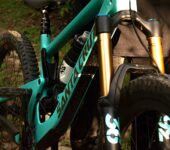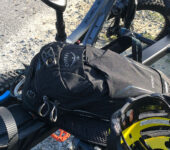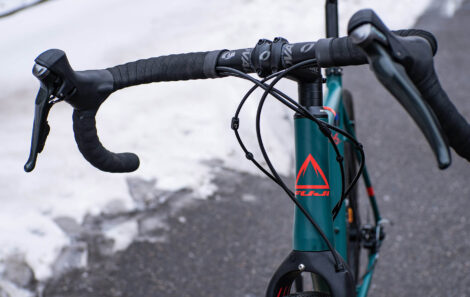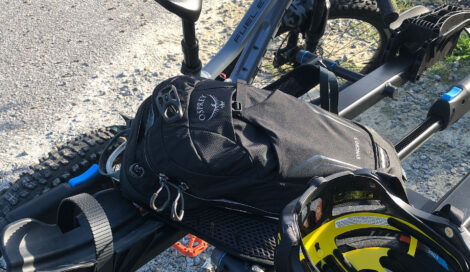
Photo by Tim Foster
Climbing in a higher gear generally comes down to three things: fitness level, line choice, and the bike you’re riding.
Even though I’m a pretty big guy, I love to climb on my mountain bike. This preference has always been curious because I don’t love climbing that much on the road bike. The climbs on the road always felt too long and had me baking in the sun, sweating my brains out for upwards of an hour. Climbing on the mountain bike has been much more enjoyable. There is so much more to interact with on the trail. Also, the quick variations in grade and technicality mean that no climb is always the same.
Don't think you can, know you can
When I first started riding the mountain bike, however, I felt like I couldn’t dial in the right gear to be able to flow through a climb. I always seemed to have to put down a foot at technical sections I thought I could ride through. I also felt like I was spinning out too much on the flatter sections, which led to me bouncing heavily in my saddle and over the trail in general. The truth is that I hadn’t convinced myself that I was strong enough to ride in a higher gear through the terrain (Just for a point of reference, climbing in a higher gear means harder and lower means easier on any bike).
Line choice is everything
The main point to remember when you’re on the trail is that the line you ride means everything. The ability to choose a line through technical features or around a curve will determine how smooth you ride and if you end up on your ass or face (or both). In addition, the faster you move through the line you’ve chosen, the more likely you are going to carry momentum and flow into whatever is coming next. Momentum is crucial during your climb because as soon as you lose it, you’ll probably have a foot down and be walking uphill when you should be riding.
Powering through
It’s also completely appropriate while climbing to stand up on your mountain bike to power through a particularly tough section. I generally like to climb with my fork locked so that when I stand up, I can put my weight forward, changing the center of gravity on my bike to a more aggressive position. If you are spinning in a low gear on the back of your saddle, you’ll likely be eventually walking your bike uphill. I’ve watched so many new mountain bikers try to spin their way up a climb and end up jerking left and right all over the trail (and, therefore, off the trail). Shifting down a couple of gears allows most riders to firm up their bike position, smoothing out their progress.
Short, punchy climbs
If you generally ride on terrain that has more short, punchy climbs rather than long gradual climbs, then climbing in a higher (harder) gear is even more beneficial. For example, most of my riding has short and steep climbs out of ravines that swing into turns and then back down again. I generally shift into a higher gear as I come down into the climb, hit the hill at a point I know that my gear will engage, and then power my way up and around the curve and shift into whatever gear comes next. You never want to be left on a punchy hill in a gear where you are spinning out, so err on the side of more difficulty and trust your strength and handling skills.
The final word
Though it’s counterintuitive, you’ll be a better climber if you choose a gear that is one or two gears higher than your usual. Sure, your heart rate will probably go up, and you’ll find yourself straining a bit to recover, but this is all part of the process of getting better on the mountain bike. You have the certain benefit of finding a better flow position on the trail but will also gain fitness, creating a positive feedback loop. So ditch that 50-tooth ring in the back and shift down; chances are you didn’t even need it in the first place.
Matthew Chisholm
Matt Chisholm is a data analyst and freelance writer who studies the environmental history of the Southern Smoky Mountain region of North Carolina. He was a contributor to Lost in Transition: Removing, Resettling, and Renewing Appalachia and the 2016 edition of the Journal of East Tennessee History, for which he won the 2017 McClung Award. When not writing, Matt enjoys road and mountain biking, hiking, trail running, and drinking beer around Concord, NC where he lives with his wife, daughter, and twin boys.
Get the email for busy mountain bikers.
Discover the best products + gear, and learn about deals from brands you love.








